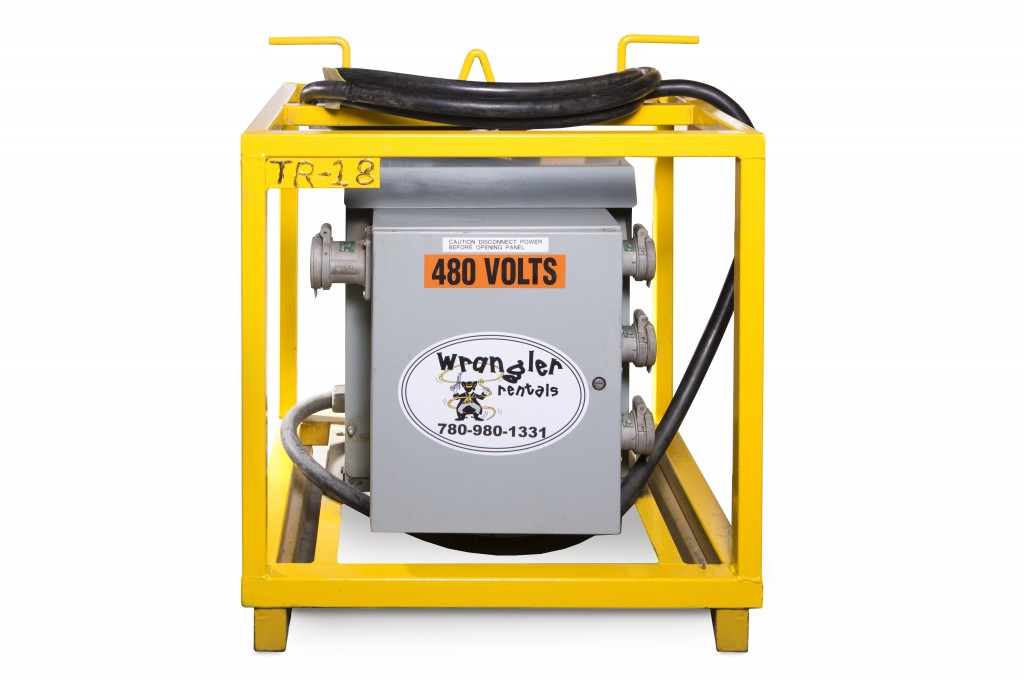How Superior Oilfield Rentals oilfield cuts downtime on-site
All About Oil Field Equipment and Pipeline Equipment: Secret Insights and Crucial Info
Oil field equipment and pipeline systems play an essential duty in the oil and gas market. They are necessary for the reliable extraction and transportation of hydrocarbons. Trick components, such as drilling rigs and tank, straight influence operational success. Improvements in technology guarantee to boost safety and effectiveness. Understanding these elements is crucial for any person associated with or thinking about this complex industry, as it establishes the stage for deeper exploration of market methods.

Overview of Oil Field Equipment
As the need for oil remains to grow, understanding the equipment used in oil areas comes to be progressively necessary. Oil field equipment encompasses a vast array of machinery and tools vital for expedition, extraction, and processing. Trick parts consist of piercing rigs, which are critical for getting to oil reservoirs, and manufacturing devices, such as separators and pumps, that help with the removal procedure. Superior Rentals near me. Furthermore, tank play a substantial role in holding unrefined oil prior to transport. Safety devices, consisting of blowout preventers and pressure determines, ensures operational safety and effectiveness. Each item of devices features cohesively to maximize production and keep efficient workflow. Knowledge with this tools is crucial for experts in the market to guarantee successful procedures and adherence to security criteria
Sorts Of Drilling Rigs and Their Applications
Drilling rigs work as the backbone of oil extraction procedures, with numerous kinds made for specific geological conditions and operational needs. The most common types include rotary drilling rigs, which use a turning drill little bit to permeate the planet, and cord device rigs, recognized for their percussion exploration approach. For overseas procedures, jack-up rigs and semi-submersible rigs supply security and support in marine environments. Additionally, directional drilling rigs allow drivers to pierce at angles, getting to deposits that are not vertically available. Each rig kind has unique benefits, optimizing performance and safety and security based upon the exploration setting. Selecting the proper rig is crucial for optimizing resource extraction while minimizing ecological effect and operational costs.

Necessary Pipeline Equipment and Their Functions
Pipeline infrastructure is crucial for the transport of oil and gas from extraction websites to processing centers and end-users. Different important tools elements promote this process. Pipes themselves work as the primary channels, designed to hold up against high pressure and harsh compounds. Pump terminals are vital for maintaining flow by boosting pressure along the pipeline. Shutoffs play an essential duty in managing circulation and isolating areas for upkeep. Additionally, installations and connectors ensure secure joints in between pipeline sections. Checking systems, including flow meters and stress sensors, are crucial for identifying leaks and maximizing circulation rates. Lastly, pigging tools is employed for maintenance and cleansing, safeguarding pipeline integrity and effectiveness. With each other, these elements form the backbone of a reliable pipeline system.
Developments and Technologies in Oil and Gas Equipment

Security and Upkeep Practices in the Oil Industry
While the oil industry has made substantial strides in technology and effectiveness, the relevance of durable security and you could try this out upkeep practices can not be overemphasized. Reliable safety procedures are important to safeguard employees and the atmosphere, lessening the threat of accidents and spills. Routine examinations and maintenance of equipment help determine prospective concerns prior to they rise, ensuring operational integrity. Training programs for workers are vital, emphasizing the value of safety and security understanding and emergency situation feedback procedures. Additionally, adherence to market laws and requirements cultivates a culture of safety and security. Implementing innovative monitoring modern technologies can even more improve upkeep techniques, allowing for real-time evaluations of tools problems. Eventually, prioritizing security and maintenance is essential to the sustainability and success of the oil industry.
Frequently Asked Inquiries
What Are the Ecological Effects of Oil Field Equipment?
The environmental influences of oil field equipment include environment damage, water contamination, and air pollution (Superior Oilfield Rentals oilfield). Additionally, devices breakdown can cause spills, adversely impacting wildlife and ecological communities, highlighting the requirement for rigorous policies and surveillance
How Is Oil Field Equipment Transported to Remote Locations?
Delivering oil field equipment to remote locations commonly involves specific automobiles, helicopters, or barges. Logistics firms coordinate courses, guaranteeing equipment arrives securely and efficiently, thinking about surface and ease of access to decrease delays and make best use of productivity.
What Regulative Standards Govern Oil Field Equipment?
Regulatory requirements controling oil field equipment primarily include security, environmental management, and operational effectiveness standards. Agencies such as OSHA and EPA apply these regulations to ensure secure techniques and minimize environmental effect in oil removal procedures.
What Abilities Are Required to Run Oil Field Machinery?

Exactly How Do Oil Prices Affect Equipment Need and Use?
Oil prices substantially influence tools demand and usage. Higher costs usually lead to boosted exploration and production tasks, driving demand for equipment. Conversely, lower rates might lead to reduced operations and lowered need for devices.